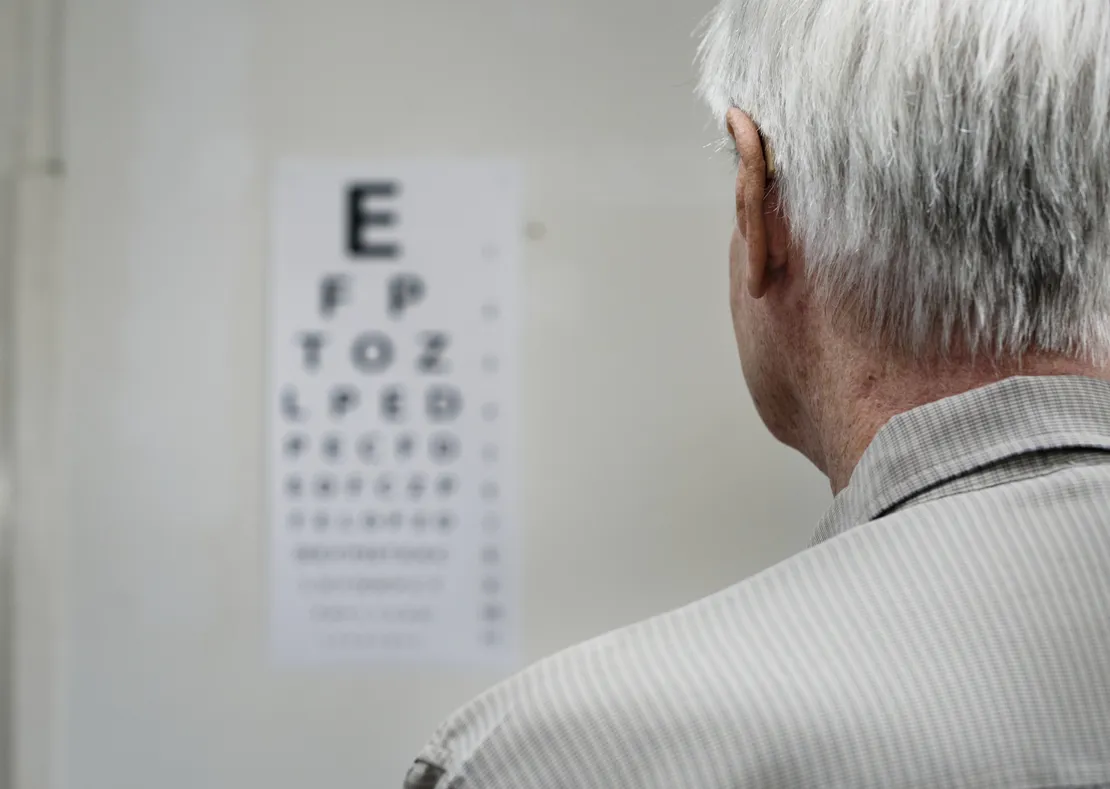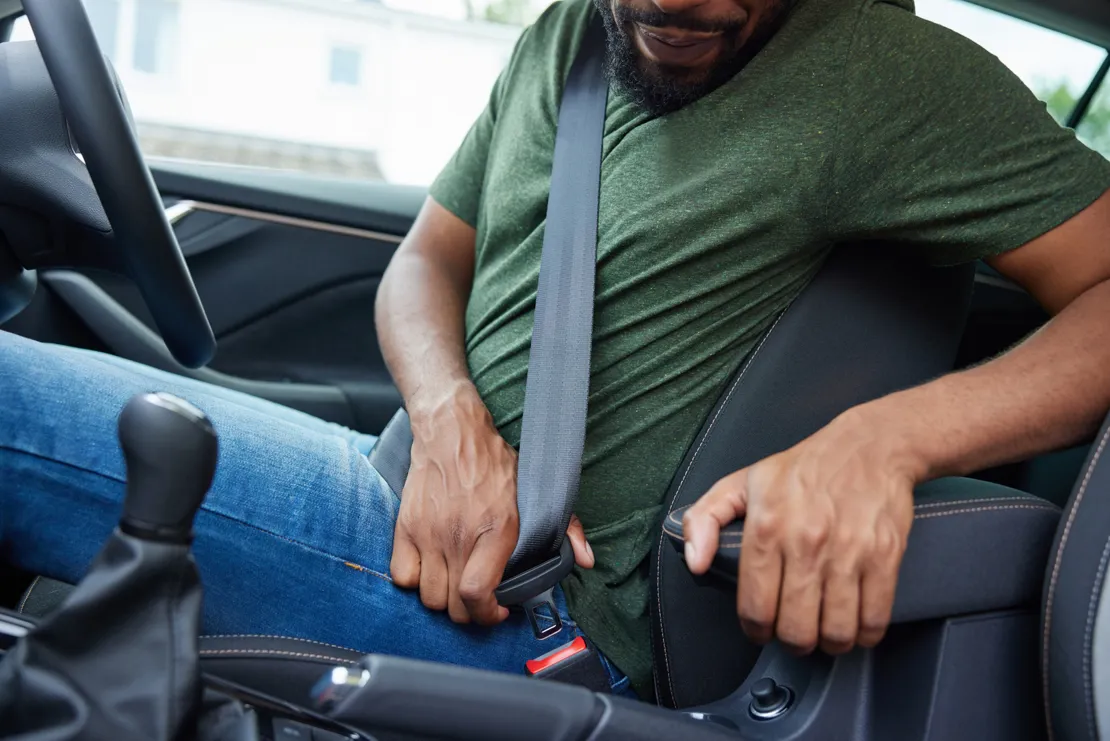UK Road Safety Plans Explained: What They Mean for You
Thursday 9th October 2025
Last updated: 28th October 2025

The government has recently announced an in-depth review of road safety regulations, the result of which could be the biggest shake-up of driving rules since the current Road Safety Act was introduced way back in 2006.
Given that any recommendations will require both public consultation and parliamentary scrutiny, we are unlikely to see any changes take effect before 2026. In the meantime, let’s take a look at the key measures under consideration.

Mandatory eye tests for drivers aged 70+
The UK is one of only a handful of countries where drivers are left to self-declare vision impairments that could affect their ability to drive safely. This includes the requirement for drivers aged 70 or over to self-certify that their vision meets the required standard when renewing their licence.
In simple terms, drivers must be able to read a number plate from 20 metres away, the equivalent of being able to read the fourth line from the bottom of a standard eye chart with both eyes open (glasses or contact lenses permitted). They must also meet minimum standards for peripheral vision.
Under the new proposals, a formal eye test would be mandatory every three years, with the goal of catching previously undiagnosed vision problems at the earliest opportunity and thereby protecting the safety of everyone on the road.
A lower drink-drive limit
England and Wales have one of the most lenient drink-drive limits in Europe, allowing 80mg of alcohol per 100ml of blood or 35 micrograms per 100 millilitres of breath.
With alcohol a contributory factor in 13% of fatal collisions, the government is considering bringing this down to 50mg per 100ml of blood or 22 micrograms per 100 millilitres of breath, the same as Scotland and most of Europe.
Dr Katherine Severi, chief executive of think tank the Institute of Alcohol Studies, recently commented that when Scotland reduced its limit in 2014, there was “an immediate decrease in drink drive offences and a greater anti-drink driving sentiment”.
It’s well known that the way our bodies absorb alcohol varies depending on weight, age, gender, and metabolism. The type of alcohol, food intake and stress levels also play a part. For some, the new rules could mean being over the limit after just one drink.
Quicker and easier drug-driving prosecutions
When the Road Traffic Act was updated in 2015, driving over prescribed limits for drugs such as cannabis, cocaine, and ecstasy was prohibited. Since then, the number of drivers killed on the road who were found to have drugs in their system has increased by an alarming 78 per cent.
Currently, a police-administered roadside saliva test can only be used as a screening tool, with a follow-up blood test required for prosecution. However, in an attempt to improve safety and make enforcement quicker, cheaper, and more consistent, the government is considering elevating saliva swabs to full evidentiary status.

Stricter seatbelt enforcement
Drivers and front-seat passengers have been required to wear a seatbelt since 1983, and the law was extended to all passengers in 1991. Despite the fact that 98% of drivers and 95% of front-seat passengers adhere to the law, official figures show that 21% of car occupant fatalities were not wearing a seatbelt. In other words, while the number of people flouting the law is comparatively low, the risk factor is unacceptably high.
Currently, drivers are legally responsible for making sure that passengers under 14 use an appropriate seatbelt or child restraint. Whereas passengers aged 14 and over take full legal responsibility for complying with the law.
Under the measures being considered, this distinction would change, meaning that the driver could face penalty points and a fine of up to £500 if a passenger of any age is caught without a seatbelt or legally acceptable restraint.
Tougher penalties for uninsured driving
Data from the Motor Insurers’ Bureau (MIB) shows there is an average of 300,000 uninsured vehicles on the roads each day and that every 20 minutes, someone is hit by an uninsured or hit-and-run driver. In addition to the mental, physical, and emotional impact on those affected, there is a cost to the UK economy in the region of £2.4 billion.
Figures like these are driving the government to ramp up enforcement through the use of ANPR (Automated Number Plate Recognition) supported mobile and static road checks, followed by harsher fines and driver disqualifications. There are also plans to tackle cloned and ‘ghost plates’ that cannot be read by ANPR cameras.
The final word
Road safety affects us all and the proposed changes have clear implications for both private motorists and business fleet operators. Whether it’s mandatory health checks, lower limits, or tougher enforcement, the government is sending a message that improving road safety is a matter of individual and corporate responsibility.
Exactly how these proposals make their way into law remains to be seen, but as you would expect, we will be keeping a close eye on the upcoming consultations and parliamentary processes. To find out more about how we help businesses in every sector to run a safer, more efficient fleet, just get in touch.

